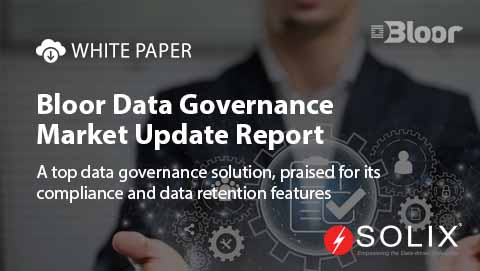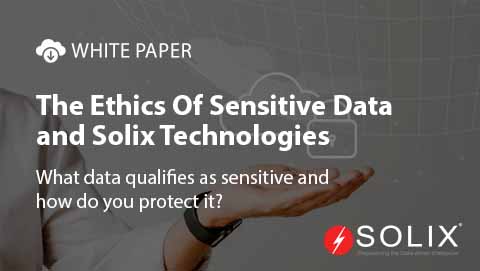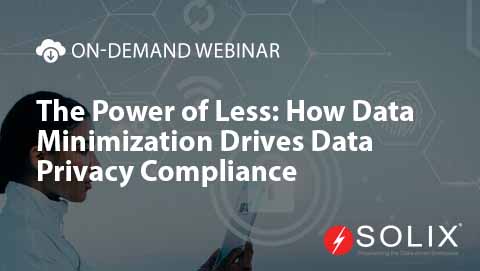What Is Data Fabric Vs Data Mesh
As we venture into the realm of data and its complexities, we often find ourselves pondering the age-old question: What Is Data Fabric Vs Data Mesh? In the world of data management, it’s crucial to understand the difference between these two often-misunderstood concepts.
Data fabric and data mesh are two distinct approaches to managing and integrating data across an organization. A data fabric refers to a unified, centralized framework that stitches together disparate data sources, enabling seamless access and analysis. On the other hand, a data mesh is a decentralized data landscape, where data governance and ownership are distributed across business units, allowing for more autonomy and agility.
But why does it matter? In today’s digitally driven landscape, data is at the core of every decision-making process. Companies like Acme Corporation rely on efficient data management to drive innovation, improve customer experiences, and gain a competitive edge. Understanding the difference between data fabric and data mesh is vital to ensuring that your organization’s data strategy aligns with its business goals.
A real-world scenario: Transforming data fabric vs data mesh for success
Imagine a global retail giant, where data from various sources, including e-commerce platforms, customer relationship management systems, and financial dashboards, is scattered across different departments and teams. The company discovers that it takes an average of 12 weeks to integrate new data sources, resulting in delayed decision-making and stagnant growth. By adopting a data fabric approach, the company can streamline its data management, reducing integration time to just a few days.
Solix’s innovative data integration solutions can help companies like Acme Corporation achieve similar success. With our cutting-edge technology, organizations can automate data mapping, reduce data redundancy, and improve data quality, leading to faster time-to-value and increased operational efficiency.
How Solix saves money and time on data fabric vs data mesh
By leveraging Solix’s data fabric solutions, companies can expect significant cost savings and time reductions. Here are some benefits to consider:
- Automated data mapping: eliminate manual data mapping and reduce the risk of human error.
- Data redundancy reduction: identify and eliminate duplicate data, reducing storage costs and improving data quality.
- Improved data governance: implement a centralized data governance framework, streamlining data management and ensuring compliance.
- Faster time-to-value: achieve faster data integration, enabling quicker decision-making and improved business outcomes.
Putting it all together
We work with companies big and small, from Unilever to AIG, Citi, GE, and Santander, to help them achieve their data management goals. Solix is a game-changer for delivering cost-effective, efficient data solutions that drive business success. We’d love to help you achieve similar results. Enter your email for a chance to win $100, and learn how Solix can help simplify your data fabric vs data mesh challenges.
About the author
As a tech enthusiast with a passion for problem-solving, I enjoy exploring topics like data fabric vs data mesh. With a background in software development and business strategy, I’ve worked with teams to deliver innovative solutions across various industries. When I’m not writing, you can find me collecting rare stamps or tinkering with my latest project. I hope you enjoyed learning about What Is Data Fabric Vs Data Mesh. Always if you have more questions about What Is Data Fabric Vs Data Mesh use the form above to reach out to us.
-

-

-
 On-Demand Webinar
On-Demand WebinarThe Power of Less: How Data Minimization Drives Data Privacy Compliance
Watch On-Demand Webinar
